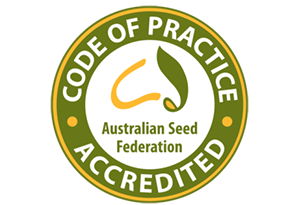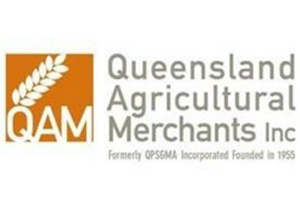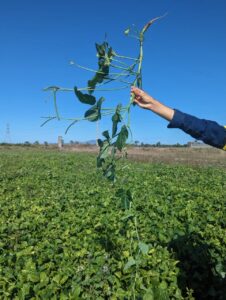
Top Dek Cowpea
Top Dek Cowpea is an annual forage with a spreading growth habit. It has a resistance to stem rot disease, a growth habit that shows vigorous growth, good seed vigour and later maturity. It shows versatility as a summer forage providing good grazing tolerance and hay and silage options. Top Dek Cowpea is a great source of nitrogen fixation and is a suitable companion legume with millet, forage sorghum and pasture blends.
Strongai Lablab
**COMING SOON**
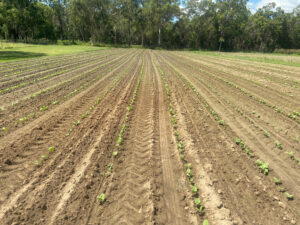
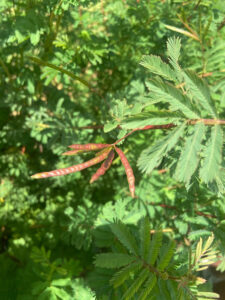
Desmanthus
Desmanthus is a productive, drought-tolerant perennial legume. It is very palatable to livestock, has a high digestibility and protein content, does not cause bloat and has persisted for more than 20 years when successfully established in grass pastures. It provides nutrients to increase the quality and quantity of grass over a sustained period of time.
Wynn Cassia
Wynn Cassia is a hardy, non-bloating, herbaceous, perennial or self regenerating legume that can tolerate heavy grazing. It has fast establishment, being a heavy seeder and has good nitrogen fixation qualities. Wynn Cassia is widely adapted to most regions and better suited to lighter, free draining soils as it cannot tolerate heavy soils or waterlogging.
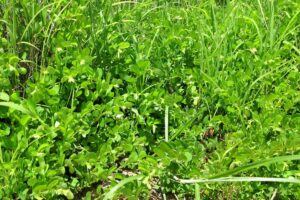
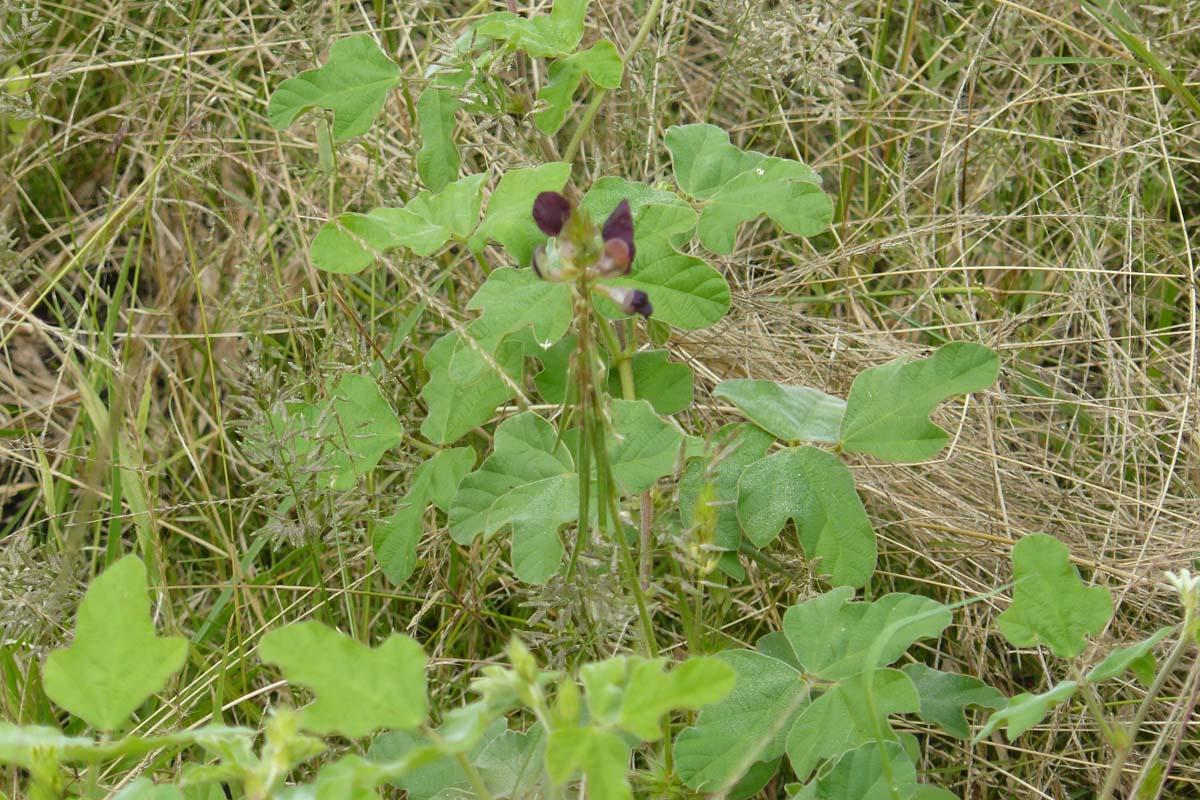
Burgundy Bean
A summer growing perennial legume suited to climates ranging from central QLD to central NSW. It is a drought tolerant, deep-rooted plant that regenerates well from high seed yields. It has a fair tolerance to cold conditions. Burgundy Bean* has good leaf coverage, thick stems and long runners. It can be a good alternative to Butterfly Pea in sub-tropical regions because of its greater tolerance to colder temperatures.
Butterfly Pea (Clitoria ternatea)
Butterfly Pea is a vigorous, perennial plant with fine twining stems. A high protein legume, it grows well on medium to heavy clay soils with reasonable fertility and rainfall, showing remarkable persistence and can tolerate short-term waterlogging. It is susceptible to heavy grazing and therefore performs best in a spell grazing system that allows seed set. Being very palatable, with high digestibility, Butterfly Pea is excellent for tropical hay production.
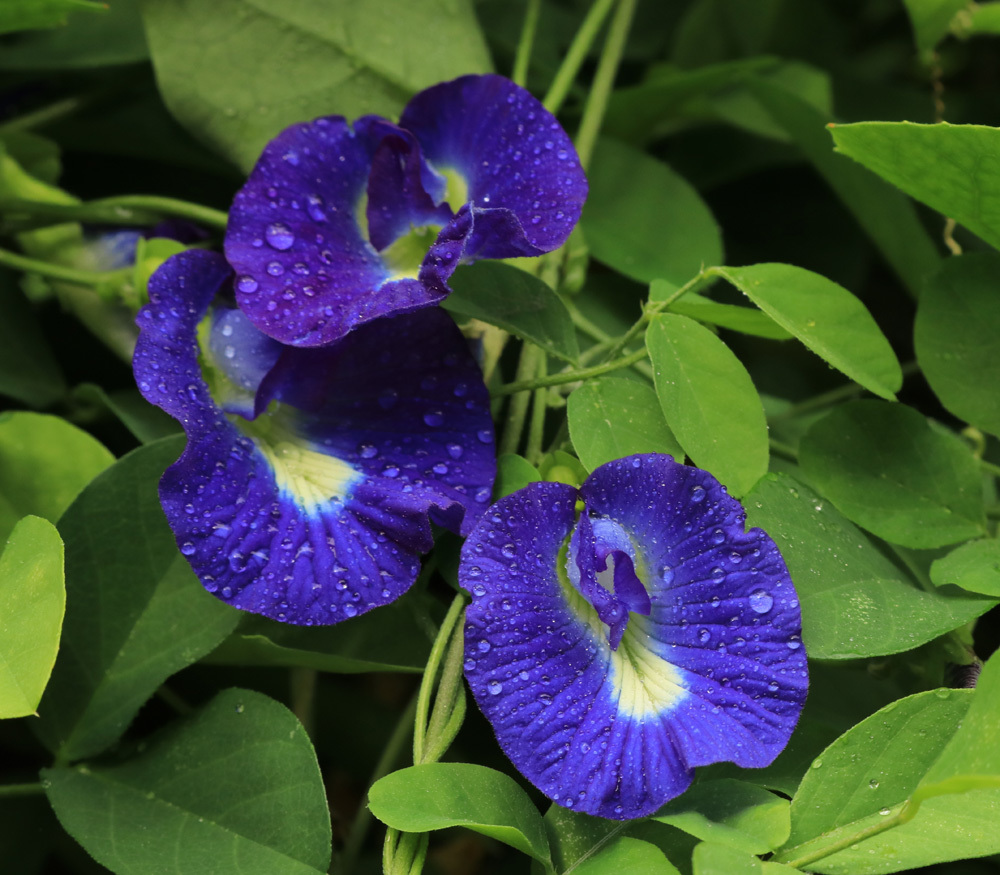
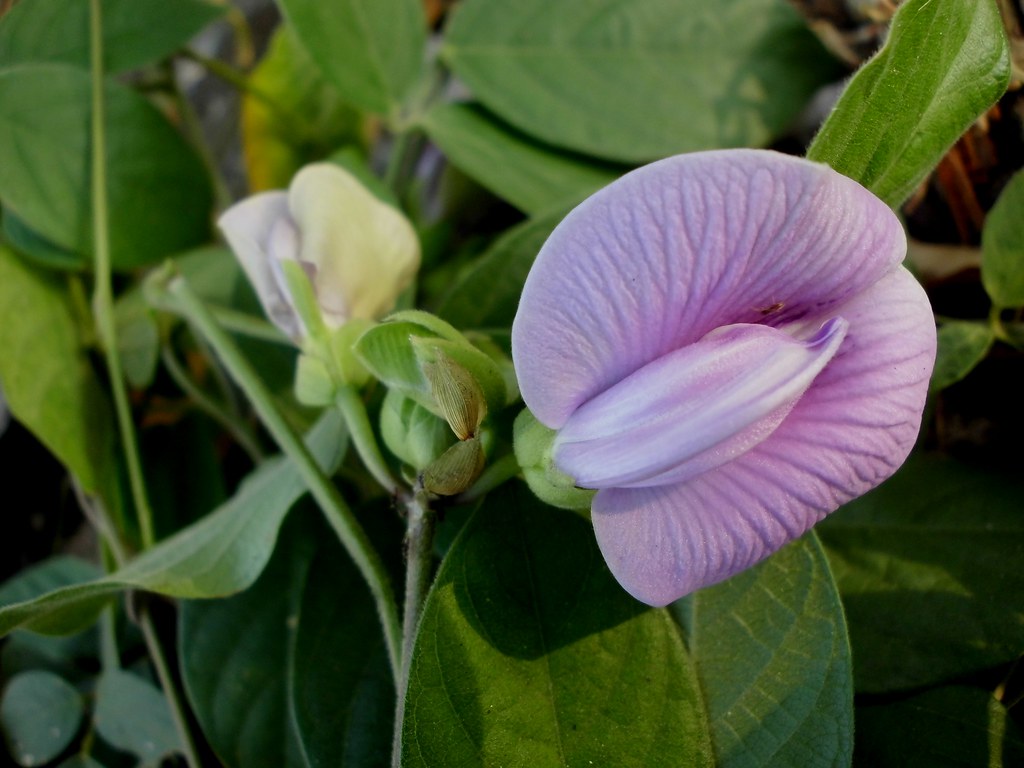
Centro (Centro pubescens)
Centro is an annual that can root from the nodes under moist conditions. It is suited for higher rainfall and monsoonal areas of North QLD and NT with an extended wet season. Centro regenerates aggressively and competes well with grasses. Bundey and Cavalcade are fast growing cultivars that are heavy seeders, very palatable and good nitrogen fixers. Cavalcade is suited to better soil types with a short wet season and tolerates some waterlogging and coastal flooding. Bundey is better suited to seasonal flooding conditions in the NT and a longer growing season. Bundey has smaller seeds, hairy stems and petioles.
Clover
Clovers come in many forms from annual to perennial types. They are very high in feed quality and act as a backbone product in most pasture blends. They are commonly sown with pasture grasses or forage cereals to help bolster protein levels in forage sources.
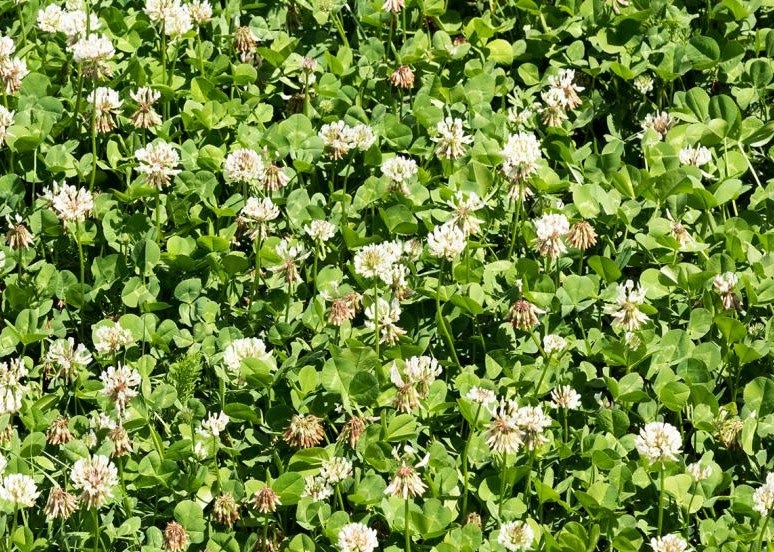
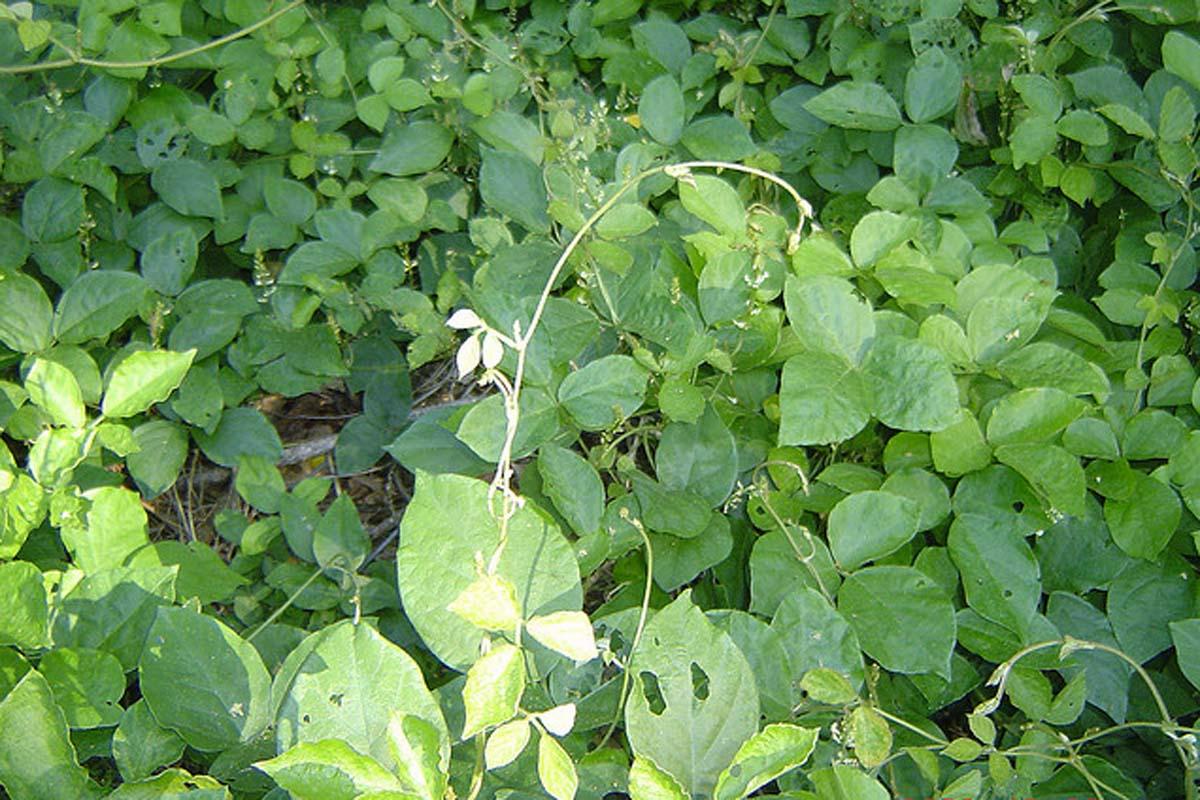
Glycine (Neonotonia wightii)
Glycine is a deep-rooting perennial plant, producing long, slender, branched stems that root down at the nodes. It is suited to well drained, heavier, more fertile soils in cooler regions of the sub-tropics. It is more drought tolerant than Centro or Desmodium, but cannot tolerate very acid soils or waterlogging. Glycine also has a higher demand for nutrients than other tropical legumes. It combines well with tall grasses such as Panic.
Tinaroo
This variety has grown well on scrub soils of south eastern QLD. It gives the best autumn-early winter growth as it flowers very late (mid-June). It is therefore used in more humid areas with a longer growing season. It has soft, thin leaves, which are bright green.
Greenleaf Desmodium (Desmodium intortum)
This perennial legume has a strong taproot and long trailing stems that can root at the nodes if in contact with moist soil. It is commonly used for long-term pastures although it rarely persists permanently. It will tolerate lower temperatures than other tropical legumes and will grow on a wide range of soils, from light sands, loams and medium clays, but prefers moderate fertility and a pH above 5.0. It will not tolerate salinity, high levels of Al and Mn or heavy grazing. It is also susceptible to insect attack.
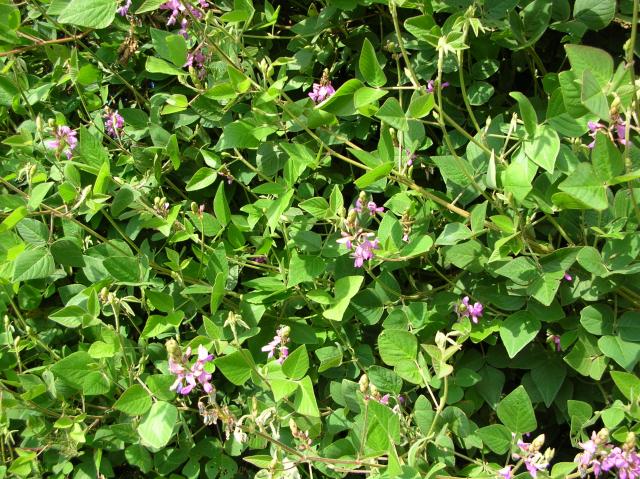
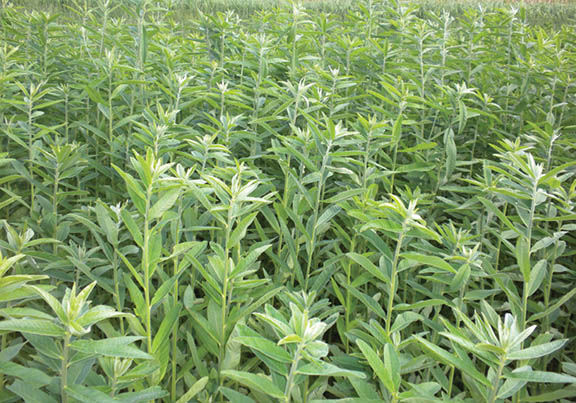
Sunn Hemp
Sunn Hemp is an annual summer legume and one of the fastest growing legumes known. It has a strong taproot and branching root system. It reaches a height of over 1.2m in 60 days when grown under favourable conditions (hot and wet). Sunn Hemp is drought hardy, fast growing, a huge producer of nitrogen, not fussy with soil types, diseases, water, nutrition etc. For Australia, the main use is as a cover crop or green manure crop.
Leucaena (Leucaena leucocephala)
Leucaena is a deep-rooted and drought tolerant perennial that has the highest digestibility of all tropical legumes. It is best suited to well drained fertile soils of neutral to high pH. Leucaena is commonly planted in rows with nitrogen-loving grasses such as Panic or Rhodes planted in the inter-rows. Its leaf is killed by frost, but its height protects it from ground frosts and it shoots again with warm weather. Young Leucaena leaflets contain mimosine, which in abundance can cause loss of weight and hair. The main cultivars have been Peru and Cunningham with Cunningham being slightly more vigorous, but a new cultivar Tarramba (a more tree type) is more productive and will grow in cooler regions.
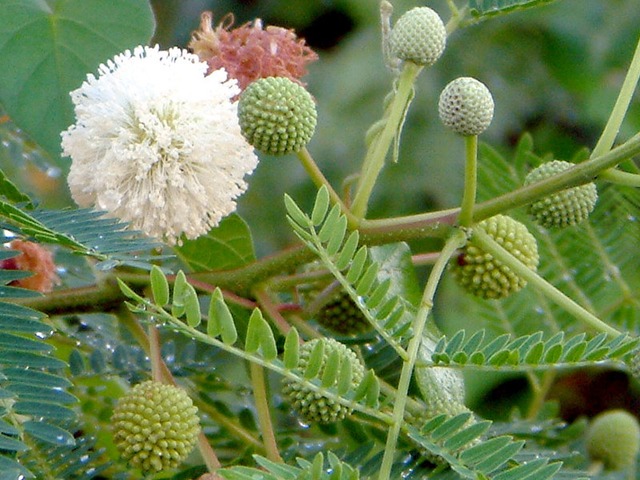
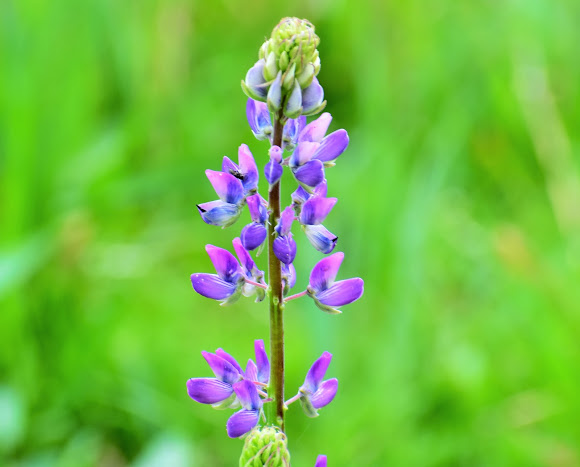
Lupinus
Lupinus, commonly known as lupin or lupine, is a genus of flowering plants in the legume family Fabaceae. The genus includes over 199 species. Lupin is the largest pulse crop grown in Australia.
Lupinus albus (Broad-leaf or white lupin) Murringo. Released in 2018. Murringo is a midflowering albus lupin. It has moderate resistance to Pleiochaeta root rot and Phomopsis. Like Luxor and Rosetta, Murringo is susceptible to anthracnose. It has grain quality characteristics that make it well-suited to the existing albus markets for human food and animal feed. Murringo is best suited to medium to high rainfall lupin growing regions of NSW but can also be grown in Victoria and SA. Murringo is protected by Plant Breeder Rights.
Medic
Medics are extremely robust in their nature to grow and set seed on as little as 90mm of in crop rainfall. They produce very high quality forage which can be sown with other grasses. An annual hard seeded legume that can regenerate for many seasons if allowed to seed down.
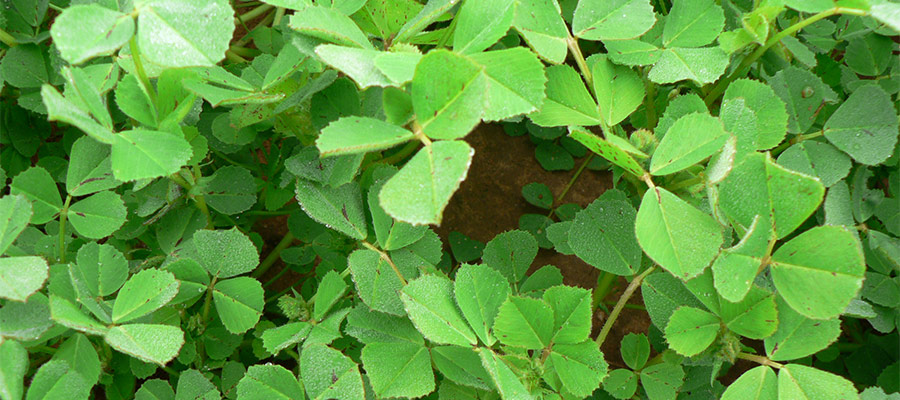
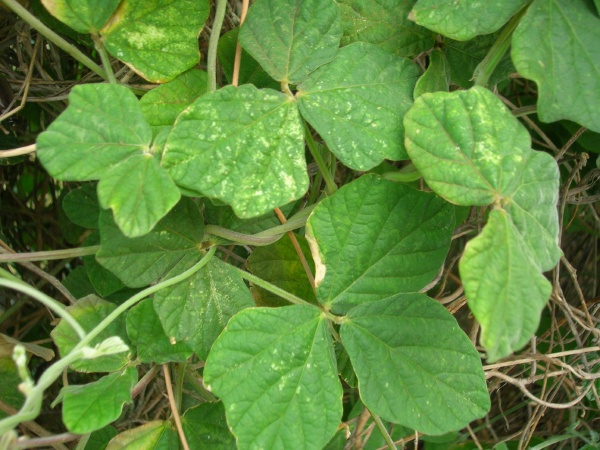
Siratro (Macroptilium atropurpureum)
Siratro is a perennial, deep rooted legume that is suited to a wide range of drained, reasonable soils. It combines well with tall grasses, but not tolerant of constant heavy grazing, is also easily frosted and susceptible to leaf diseases (rust). The Aztec* variety is rust resistant. Siratro is highly palatable, grows well in moist sub-tropical and tropical regions and is a highly productive species able to fix large amounts of nitrogen and pass this to any companion grasses. It grows best and is most productive in summer and early autumn.
Stylo (Stylosanthes spp.)
Stylos are high feed value legumes that are known to be highly productive and can persist and spread in the extended hot-dry climates of tropical and sub-tropical Australia. They have good persistence and ease of establishment in the poorer, lighter soils of Northern Australia, in particularly central QLD.
Seca Stylo (Stylosanthes scabra)
Seca Stylo, also known as shrubby stylo is an exceptionally hardy perennial plant, ideal for extensive grazing. Seca Stylo keeps green leaf into autumn and persists through drought due to their deep taproots. It is well suited to infertile, acid, friable or hard setting, sandy-surfaced soils and soils low in phosphorus. Palatability can be low and in the early part of the growing season, grass is grazed preferentially. Susceptible to anthracnose.
Verano Stylo (Stylosanthes hamata)
Verano Stylo is a cultivar of the Caribbean stylo family. It grows well in the hot tropics and warmer sub-tropics, is susceptible to frost and not shade tolerant. Verano generally behaves as a weak biennial, regenerating well from seed reserves in the soil. It produces a lot of seed at almost any time of the year even under heavy grazing. Verano can grow to 75cm but develops a flat crown under heavy grazing. It is adapted to a wide range of infertile, sandy-surfaced and well drained soils. It has a moderate field resistance to anthracnose.
Fine Stem Stylo (Stylosanthes hippocampoides)
Fine Stem Stylo is well suited for sub-tropical regions, being more cold tolerant and growing well on light, well drained soils. It has grown well on free-draining, infertile granitic soils of the Burnett region in SE QLD. Fine Stem has small pointed leaves on fine stems with its crown buried, protecting it from fire, frost and heavy grazing. It has an extended flowering period and is quite palatable. It thrives even when heavily grazed, with plants continuing to flower and the seed is spread through stock. Fine Stem Stylo has not been affected by anthracnose to date.
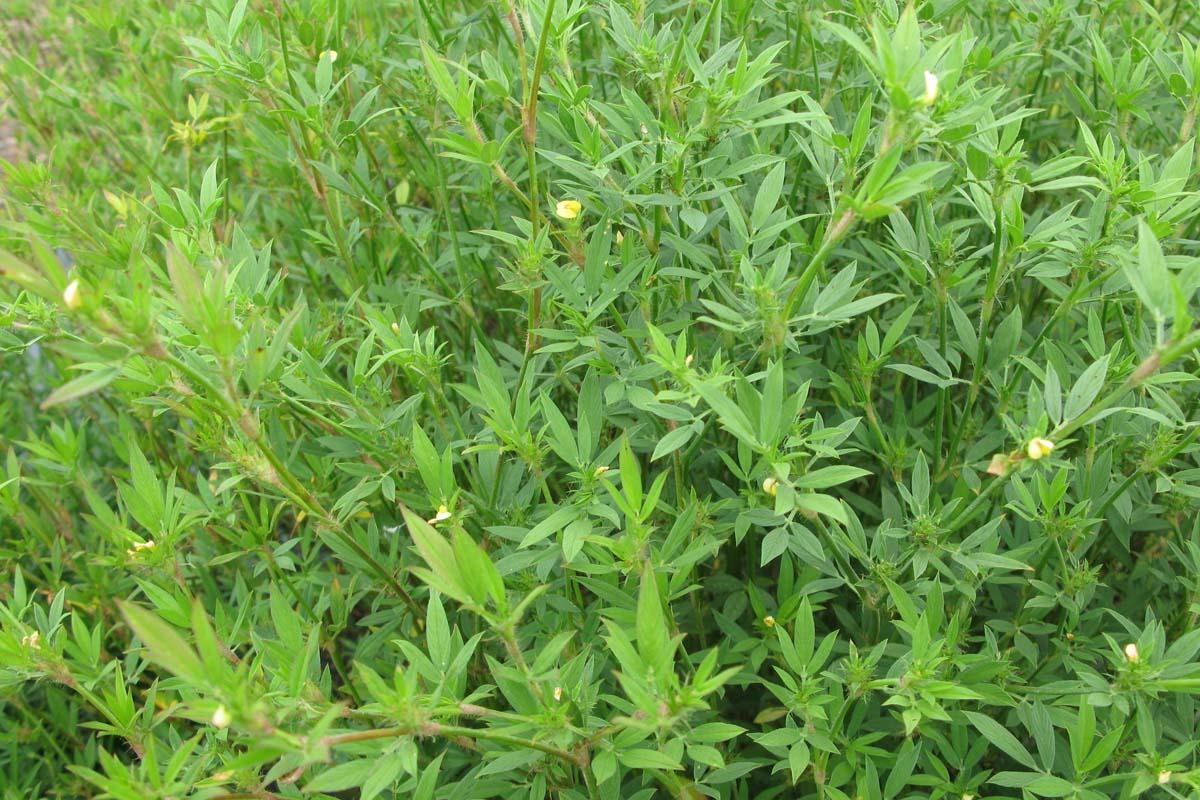
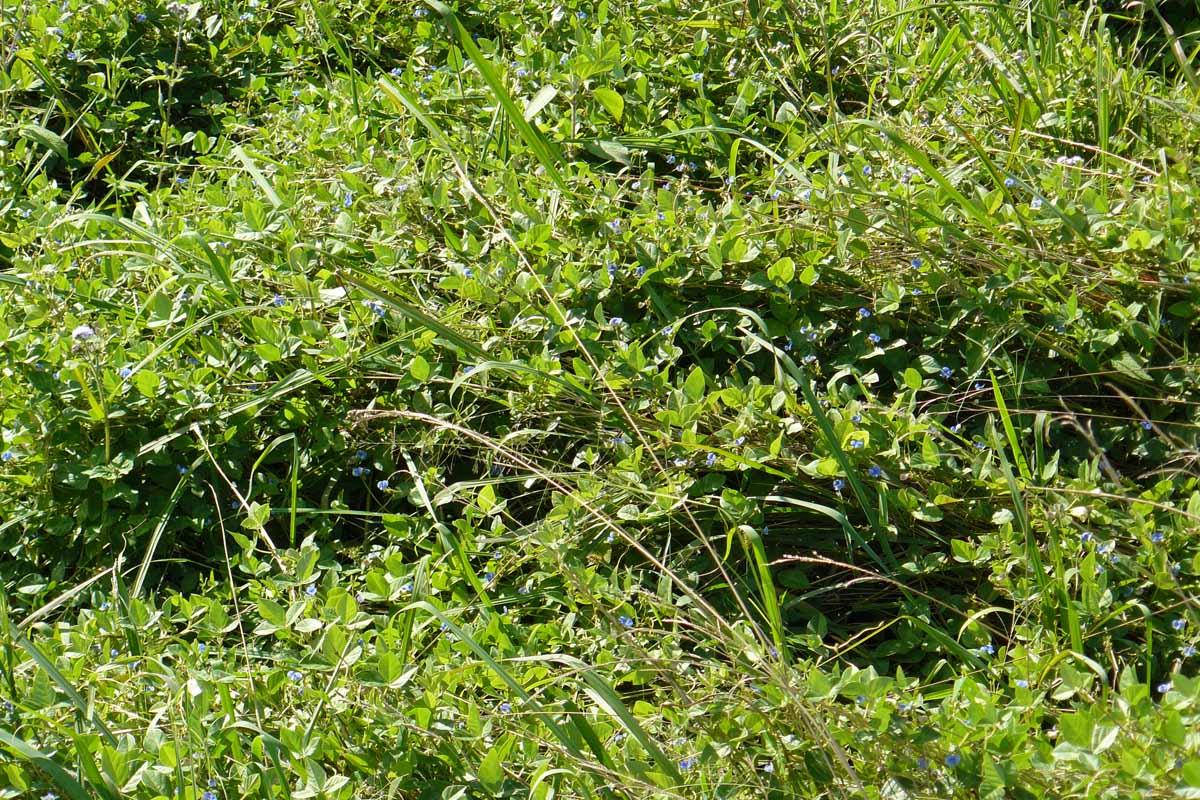
Shaw Creeping Vigna (Vigna parkeri)
Shaw Creeping Vigna is a perennial that needs well distributed rainfall above 1100mm. It is compatible with vigorous grasses and will grow on a range of soils from sands to heavier, but well drained red clays, especially on hill slopes and can tolerate low fertility. It is well suited for sub-tropical regions in SE QLD and Northern NSW or on tropical tablelands. Shaw can tolerate only short periods of drought, but will regenerate from seed in older pastures with a reserve of seed in the soil. Its leaves and stems are killed by frost, but the plant will regrow from the crown. Under heavy grazing it will form a dense creeping, rooting mat.
Vetch (Aeschynomene falcata)
Vetch is a hardy, palatable, small legume that persists well under heavy grazing. It is herbaceous with a strong taproot and is compatible with creeping grasses. Vetch will persist on poorer, infertile, well-drained soils but not heavy waterlogged clays. Under heavy grazing, the plant adopts a low rosette growth habit, but still produces sufficient seed to allow spread and persistence. Vetch has a low herbage yield, is susceptible to anthracnose and commercial seed supply is limited.
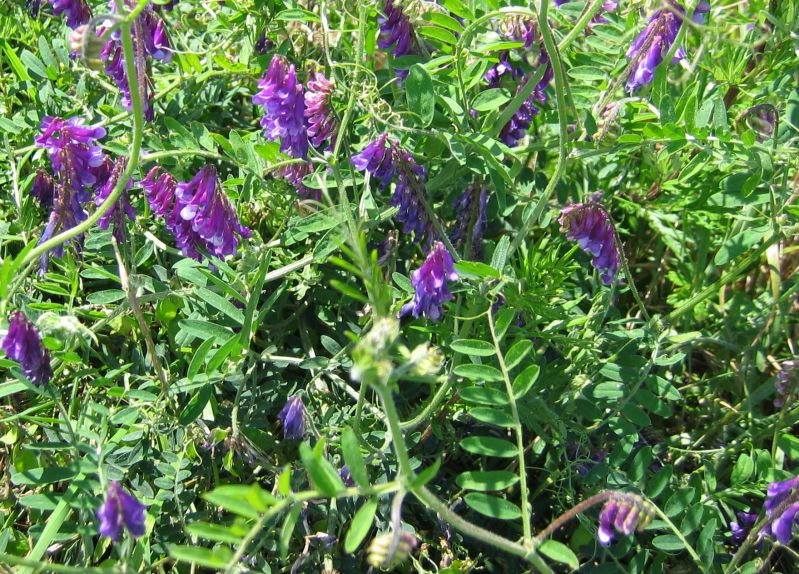
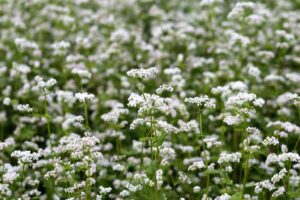
Buckwheat
Buckwheat (Fagopyrum esculentum), is a plant cultivated for its grain-like seeds and as a cover crop. Despite the name, buckwheat is not related to wheat, as it is not a grass. Instead, buckwheat is related to sorrel, knotweed, and rhubarb. Buckwheat, a short-season crop, does well on low-fertility or acidic soils, but the soil must be well drained. Buckwheat is sometimes used as a green manure, as a plant for erosion control, or as wildlife cover and feed.
Lablab
Lablab (Lablab purpureus) is a fast growing, annual, summer forage legume, excellent for fattening both sheep and cattle, and regarded as good feed for milking cows. In a crop rotation program, Lablab and cowpea can significantly improve soil nitrogen levels. Varieties include Highworth and Rongai.
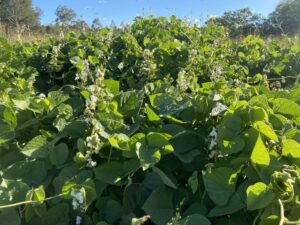
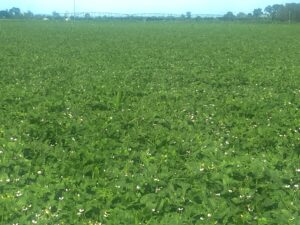
Cowpea
The Cowpea (Vigna unguiculata) is an annual herbaceous legume. It requires very few inputs, as the plant’s root nodules are able to fix atmospheric nitrogen, and is well-suited to intercropping with other crops. The whole plant is used as forage for animals. Varieties include Red Caloona and Ebony.
Soybean
Soybeans may be grown as an annual hay or as a pasture crop; it can be ensiled or fed green. The soybean is one of the few annual legumes suitable for the production of hay, and can therefore substitute for this purpose in the event of an alfalfa failure.
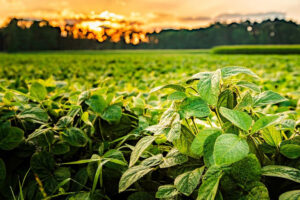
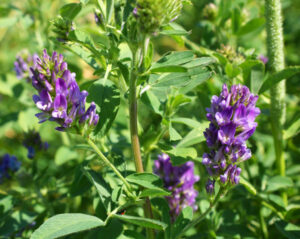
Lucerne
Lucerne is a popular and reliable fodder crop. It is a deep-rooted perennial legume suited to dryland and irrigation systems on a range of soil types across variable climatic conditions. High protein, highly digestible feed whether it is for grazing, silage or hay making.
Fenugreek
Fenugreek, Trigonella foenum-graecum, is a legume and closely related to many varieties of beans and peas. It is an annual which originated in the Middle East and Mediterranean. Fenugreek grows about 60cm tall, produces white to cream pea like flowers which mature into pods of seeds, 10 – 20cm long with 10 – 20 seeds. It can be used as a herb, spice, vegetable, animal fodder and green manure crop.
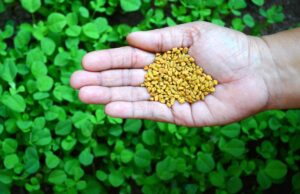
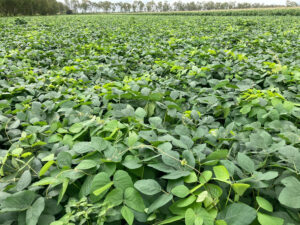
Velvet Bean
Velvet Bean is a very fast growing, perennial vining legume. Its leave range from small under canopy to large (39cm) upper canopy. Velvet Bean smothers weeds and covers ground quickly as well as showing excellent nematode resistance and biofumigant action. This legume is best suited to tropical and subtropical areas and is adapted to a a wide range of soils with low to moderate fertility.




